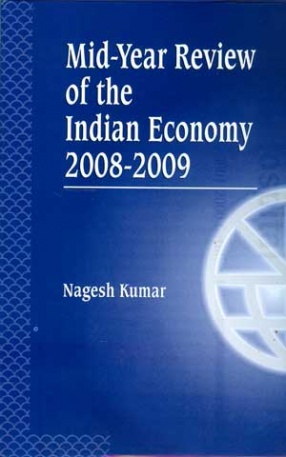
Nagesh Kumar

Showing all 8 books

This year's Mid-Year Review of the Indian Economy is undertaken against the backdrop of the most serious financial crisis the world economy has faced since the Great Depression of the 1930s. The author examines the outlook for 2008/09 and beyond for the Indian economy in the context of the deteriorating external environment. He also discusses important issues of quality of growth, policy challenges in respect of inflation and fiscal consolidation, trade and ...
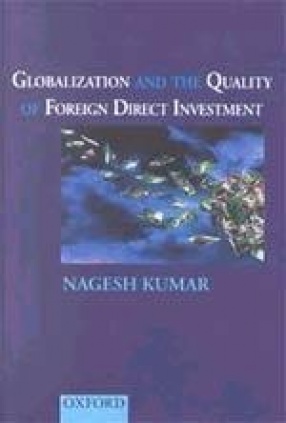
With increasing globalization in recent years. FDI has received considerable attention from researchers and policy analysts. Governments in developing countries have attempted to attract overseas investments to fill resource gaps that constrain development. However, they continue to overlook the quality dimension in terms of developmental impact and favourable externalities such as knowledge spillovers. One of the first books to define the parameters of quality ...

Social security reforms have attracted increasing attention over the past decade in the face of globalization and industrial restructuring. This volume analyses social security policies for India focusing on the unorganized sector, which accounts for 90 per cent of India's labour force. Analysing critical issues highlighted in recent social debates, the contributors asses: labour market trends resulting from liberalization in India, and the implications for ...
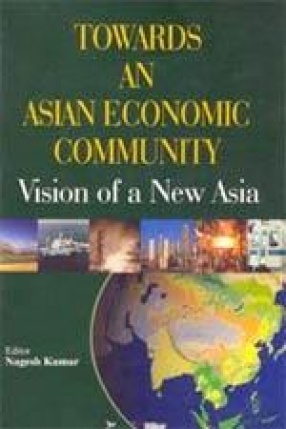
The 1990s have witnessed a strong trend in different parts of the world especially the developed countries to form regional trading blocs, such as EU and NAFTA. The formation of these trade blocs has led to substantial diversion of trade and investment away from the rest of the world economy affecting the growth process in other regions that are not part of these blocs. The Asian countries on the other hand have faithfully pursued multilateralism in their trade ...
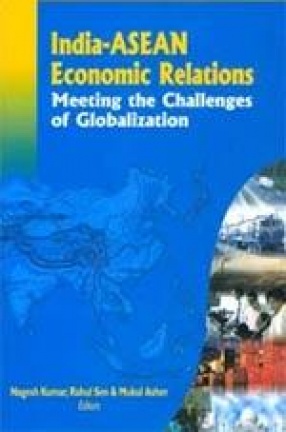
Indian economy and collectively ten ASEAN members are large and dynamic markets. They are undertaking reforms to deepen their integration within and outside the region. Although the India-ASEAN trade and economic relations have grown over the past decade in an impressive manner, the immense potential of cooperation and synergies remain to be exploited. They could fruitfully share technology, capital, human talent, developmental experiences and coordinated their ...
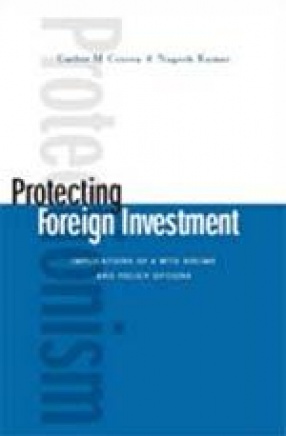
Despite the mounting criticism that globalization is encountering, the developed countries continue to lose no opportunity to change the rules of the global economy in their favour, regardless of the impact on developing countries and the poor. This book examines one of the most important instances of this: the rich countries' insistence that the WTO not only launch a new round of the world trade negotiations but the rules which were supposed to be confined to ...

In the past decade, emerging economies like China, Malaysia, Singapore, and Thailand have grown as important players in the international market for knowledge-intensive industries such as electronic hardware. India's export basket however, continues to be dominated by low-technology goods which are highly price sensitive, low value-adding, and slow moving. The challenge for India is to strengthen the international competitiveness of knowledge-based industries, to ...
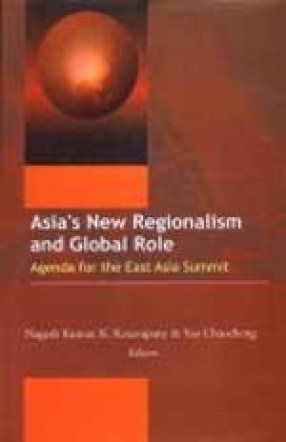
One of the most important developments of the past decade has been the emergence of Asia as the most dynamic regions of the world with the rise of China and India a engines of growth, recovery of Japan from a decade old recession, and emergence of Asian middle class as source of final demand. This new found dynamism makes regionalism a viable trade and development strategy for Asia. Although functional integration in the region has increased as is evident from ...
